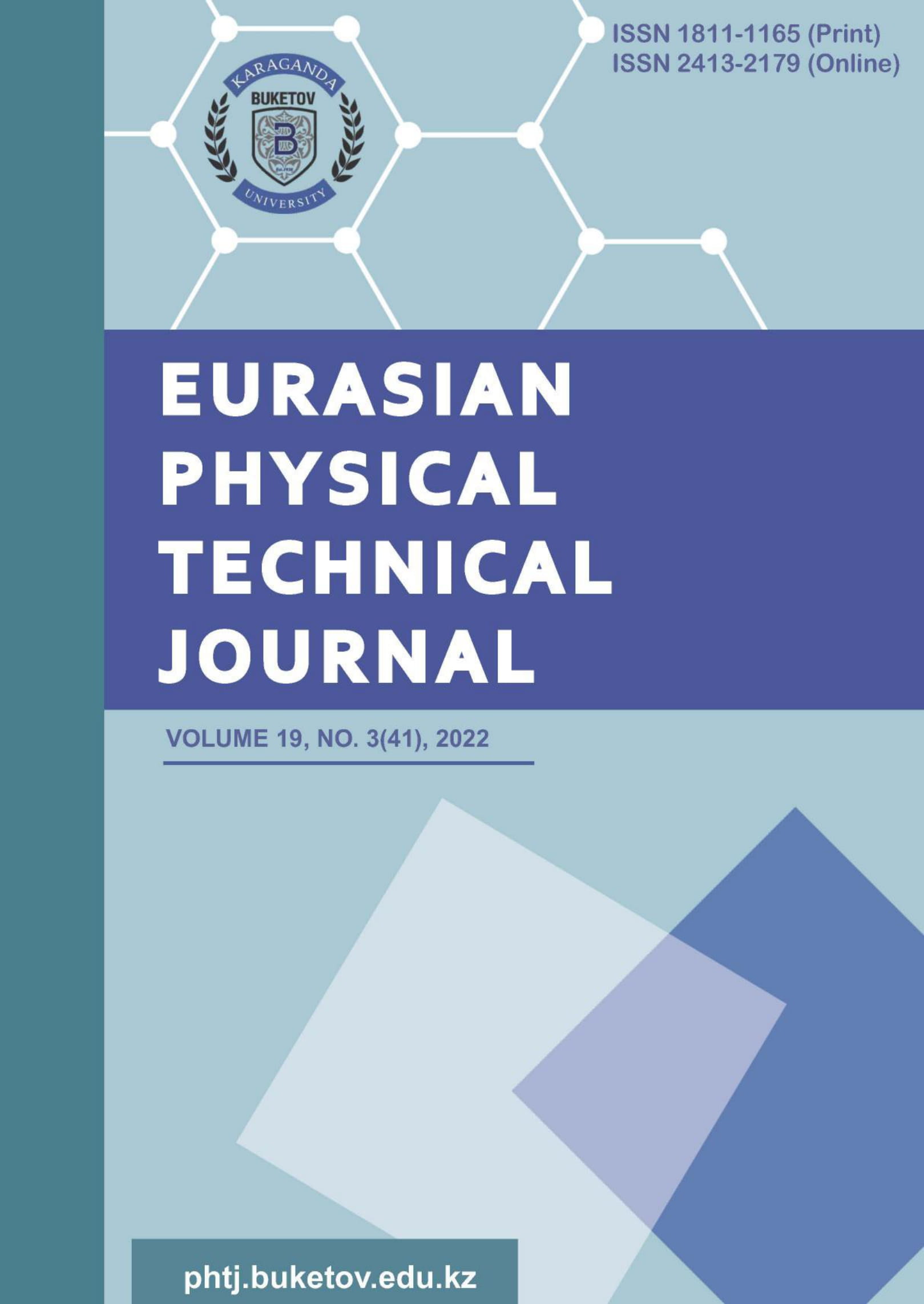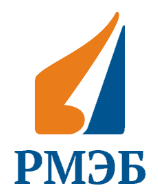INVESTIGATION OF THE INFLUENCE OF ANODIZING MODES OF COPPER OXIDE FILMS ON THEIR MORPHOLOGY
DOI:
https://doi.org/10.31489/2022No3/5-9Keywords:
nanoporous, copper oxide, electrochemical anodizing, phosphoric acid, atomic force microscopyAbstract
This work presents experimental data on the surface morphology of Cu2O films obtained by single-stage electrochemical anodization. The process was carried out at a constant applied potential of 50V and at a temperature of 13°C (90 seconds) in an electrolyte based on phosphoric acid. During the experimental work, the optimal synthesis parameters were determined. The morphology of copper porous films was studied using atomic force microscopy Ntegra Therma. The effect of the main anodizing parameters on the morphology of the nanoporous Cu2O film was investigated. According to the results of experimental work, it was found that, depending on the parameters of the anodizing process, it is possible to vary the pore diameter of copper oxide from several tens of nanometers to hundreds of microns, while it is also possible to change the film thickness.
References
Deng S., Tjoa V., Fan H.M., Tan H.R., Sayle D.C., Olivo M., Mhaisarkal S., Wei J., Sow C.H. J. Am. Chem. Soc. 2012, 134: 4905. https://doi.org/10.1021/ja211683m
De Jongh P.E., Vanmaekelbergh D., Kelly J.J.D. J. Electrochem. Soc. 2000, 147:486. https://doi.org/10.1149/1.1393221
Musselman K.P., Wisnet A., Iza D.C., Hesse H.C., Scheu C., Macmanus-Driscoll J.L., Schmidt-Mende L. Adv. Mater. 2010, 22:254-258. https://doi.org/10.1002/adma.201001455
Bhaumik A., Haque A., Karnati P., Taufique M., Patel R. and Ghosh K. 2014, 572:126–133. https://doi.org/10.1016/j.tsf.2014.09.056
Dong X., Wang K., Zhao C., Qian X., Chen S., Li Z., Liu H., Dou S. J. Alloy. Compd. 2014, 586:745-753. http://dx.doi.org/10.1016/j.jallcom.2013.10.078
Poreddy R., Engelbrekt C. and Riisager A. Catal. Sci. Technol. 2015, 5:2467–2477. https://doi.org/10.1039/C4CY01622J
Wang H.Y. and Fan C.G. Solid State Sci. 2013, 16:130–133. https://doi.org/10.1016/j.solidstatesciences.2012.11.009
Xu L., Yang Q., Liu X., Liu J. and Sun X. RSC Adv. 2014, 4:1449–1455. https://doi.org/10.1039/C3RA45598J
Gao J., Li Q., Zhao H., Li L., Liu C., Gong Q. and Qi L. Chem. Mater. 2008, 20:6263–6269. https://doi.org/10.1021/cm801407q
Kar P., Farsinezhad S., Zhang X. and Shankar K. Nanoscale 2014, 6:14305–14318. https://doi.org/10.1039/C4NR05371K
Khanehzaei H., Ahmad M.B., Shameli K., Ajdari Z. Int. J. Electrochem. Sci. 2014, 9:8189-8198.
Wu X., Bai H., Zhang J., Chen F.E., Shi G. J. Phys. Chem. B. 2005, 109:22836-22842. https://doi.org/10.1021/jp054350p
Wang P., Wu H., Tang Y., Amal R., Ng Y.H. J. Phys. Chem. C 2015, 119:26275-26282. https://doi.org/10.1021/acs.jpcc.5b07276
Allam N.K., Grimes C.A. Mater. Lett. 2011, 65:1949-1955. https://doi.org/10.1016/j.matlet.2011.03.105
Mohammadpour A., Eltahlawy M., Martino A., Askar A.M., Kisslinger R., Fedosejevs R. and Shankar K. J. Nanosci. Nanotechnol. 2017, 17:5019–5023. https://doi.org/10.1166/jnn.2017.13309
Shu X., Zheng H., Xu G., Zhao J., Cui L., Cui J., Qin Y., Wang Y., Zhang Y., Wu Y. Appl. Surf. Sci. 2017, 412:505-516. https://doi.org/10.1016/j.apsusc.2017.03.267
Kar P., Khairy El-Tahlawy M., Zhang Y., Yassin M., Mahdi N., Kisslinger R., Thakur U.K., Askar A.M., Fedosejevs R. and Shankar K. J. Phys. Commun. 2017, 1:045012. https://doi.org/10.1088/2399-6528/aa93a4
Voon C.H., Lim B.Y., Gopinath S.C.B., Al-douri Y., Foo K.L., Md Arshad M.K., Ten S.T., Ruslinda A.R., Hashim U., Tony V.C.S. 2018, 36(2):209-216 https://doi.org/10.1515/msp-2018-0035













